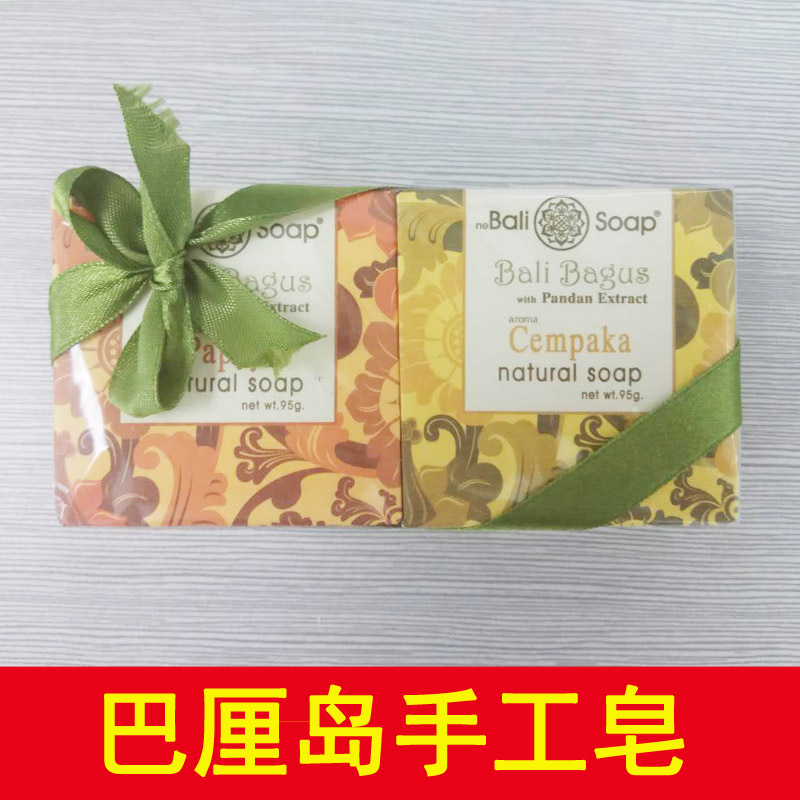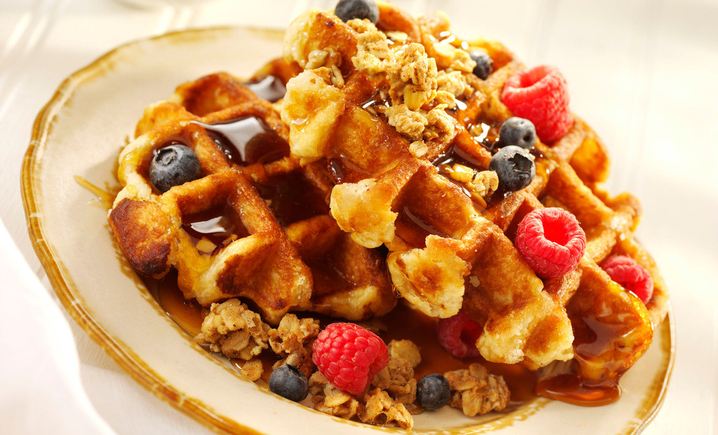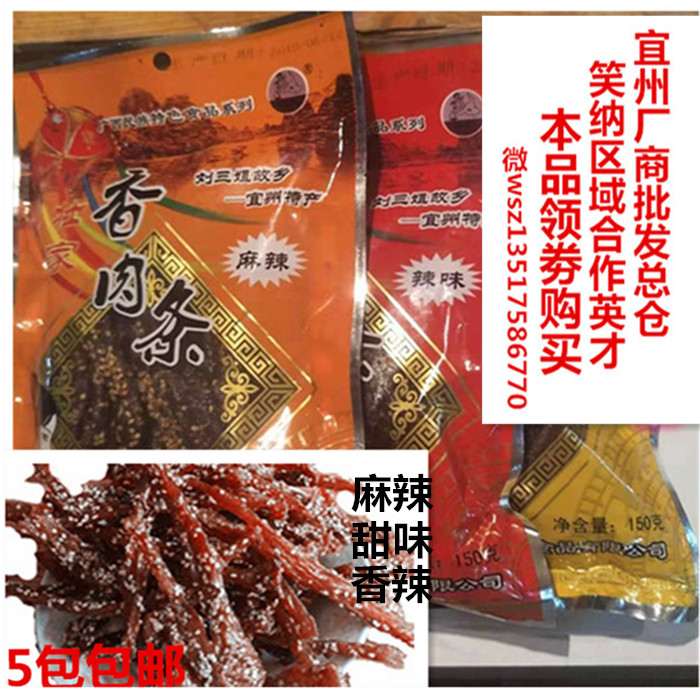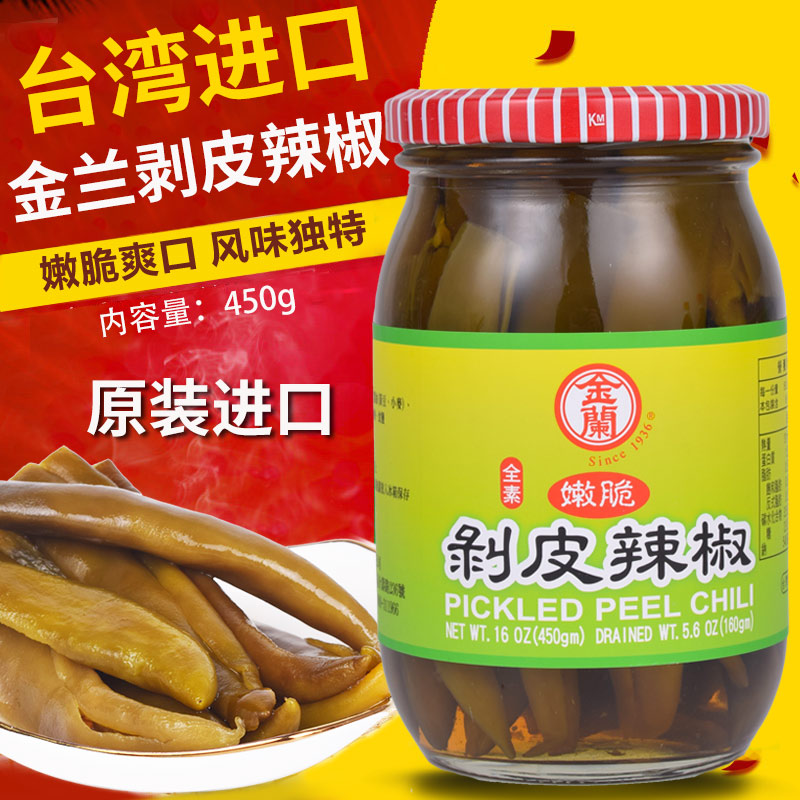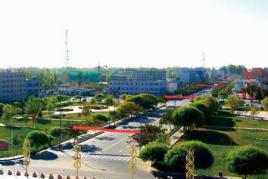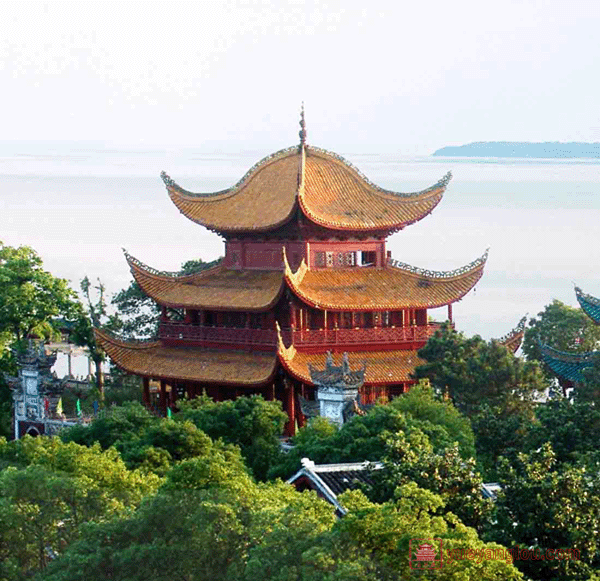一、用英语写一篇文章,关于南通的特色建筑
南通博物苑
南通博物苑位于南通城东南濠河之滨,是中国人创办的第一座博物馆,由我国近代著名爱国实业家、教育家张謇先生于1905年创办。它融中国古代园囿与近代博物馆于一体,将民族特色与科学内容相结合,是一座“园馆一体”的城市园林式综合性博物馆,在中国博物馆发展史上具有开风气之先的意义。南通博物苑交通便利,景色宜人,历史建筑别具特色,苑藏文物丰富,文化底蕴深厚,是人们参观、学习、游览、休闲的理想场所。苑内形成“四区一通道”基本格局。中、北部的历史文化保护区;濠南别业故居区;西部的库房封闭区;南部的发展新区,新建现代化的展示大厅;东部沿河风景文化通道。目前,南通博物苑正在创建国家AAAA级景区,根据规划建设,将充分体现全国重点文物保护单位,地方性综合博物馆,集文化、旅游、娱乐于一体的科普公园三重性质,重现博物第一馆的历史风貌。
翻译后:
Nantong natural science park the Nantong natural science park located at the Nantong east end south shore of the dike river, is the first museum which the Chinese organizes, by our country modern times renowned patriotic industrialist, educationalist Mr. Zhang Jian organized in 1905. It melts China ancient times the park and the modern museum in a body, unified the national characteristics and the scientific content, was one “a garden hall body” the urban botanical garden type comprehensive museum, had the atmosphere in the Chinese Museum history the first significance. The Nantong natural science park good communications, the enchanting scenery, the history constructs other characteristic, the park Tibet cultural relic is rich, the cultural inside story is deep, is the people visits, the study, the tour, the leisure ideal place. In the park forms “a four area channel” the basic pattern. , Northern historical culture protectorate; South dike don't industry former dwelling area; Western storehouse confined area; South development newly developed area, newly built modernized demonstration hall; East along the river scenery culture channel. At present, the Nantong natural science park is founding the national AAAA level scenic area, according to the plan construction, will manifest the nation key Cultural relic preservation organ fully, the local characteristic synthesizes the museum, the collection culture, the traveling, the entertainment in a body's popular science park three heavy nature, the reproduction natural science first hall historical style.
希望我的回答让你满意。
二、中国有名建筑的英文名称?(比如长城)
1、颐和园The Summer Palace
颐和园,中国清朝时期皇家园林,前身为清漪园,坐落在北京西郊,距城区15公里,占地约290公顷,与圆明园毗邻。
它是以昆明湖、万寿山为基址,以杭州西湖为蓝本,汲取江南园林的设计手法而建成的一座大型山水园林,也是保存最完整的一座皇家行宫御苑,被誉为“皇家园林博物馆”,也是国家重点旅游景点。
2、广州塔Canton Tower
又称广州新电视塔,昵称小蛮腰。位于广州市海珠区(艺洲岛)赤岗塔附近,距离珠江南岸125米,与珠江新城、花城广场、海心沙岛隔江相望。广州塔塔身主体高454米,天线桅杆高146米,总高度600米。是中国第一高塔,世界第二高塔,仅次于东京晴空塔,是国家AAAA级旅游景区。
3、国家体育场National Stadium
别名鸟巢(英文: Birds Nest)国家体育场(鸟巢)位于北京奥林匹克公园中心区南部,为2008年北京奥运会的主体育场。工程总占地面积21公顷,场内观众坐席约为91000个。
举行了奥运会、残奥会开闭幕式、田径比赛及足球比赛决赛。奥运会后成为北京市民参与体育活动及享受体育娱乐的大型专业场所,并成为地标性的体育建筑和奥运遗产。
4、天安门Tian’anmen Rostrum
坐落在中华人民共和国首都北京市的中心、故宫的南端,与天安门广场以及人民英雄纪念碑、毛主席纪念堂、人民大会堂、中国国家博物馆隔长安街相望,占地面积4800平方米,以杰出的建筑艺术和特殊的政治地位为世人所瞩目。
5、秦始皇陵Mausoleum of the First Qin Emperor
秦始皇陵,中国历史上第一位皇帝嬴政(前259—前210年)的陵寝,中国第一批世界文化遗产、第一批全国重点文物保护单位、第一批国家AAAA级旅游景区,位于陕西省西安市临潼区城东5千米处的骊山北麓。
参考资料来源:百度百科-颐和园
参考资料来源:百度百科-广州塔
参考资料来源:百度百科-鸟巢
三、如果你能来中国,我可以带你去看我们国家的一些标志性建筑物,如长城、故宫。这句话怎么用英语翻译
长城( The Great Wall),又称万里长城,是中国古代军事防御工程。长城修筑的历史可上溯到西周时期,著名的典故“烽火戏诸侯”就源于此。春秋战国时期列国争霸,互相防守,长城修筑进入第一个高潮,但此时修筑的长度都比较短。秦灭六国统一天下后,秦始皇连接和修缮战国长城,始有万里长城之称 。明朝是最后一个大修长城的朝代,今天人们所看到的长城多是此时修筑。北京故宫,全名北京故宫博物院,旧称为紫禁城,位于北京中轴线的中心,是中国明、清两代24位皇帝的皇家宫殿,是中国古代汉族宫廷建筑之精华,无与伦比的建筑杰作,也是世界上现存规模最大、保存最为完整的木质结构古建筑之一。它有大小宫殿七十多座,房屋九千余间,以太和、中和、保和三大殿为中心。
四、求关于中国建筑方面的英文介绍!
The art of calligraphy is widely practiced and revered in the East Asian civilizations that use Chinese characters. These include China, Japan, Korea, and formerly Vietnam[1].In addition to being an artform in its own right, calligraphy has also influenced ink and wash painting, which is accomplished using similar tools and techniques. The East Asian tradition of calligraphy originated and developed from China, specifically the ink and brush writing of Chinese characters. There is a general standardization of the various styles of calligraphy in the East Asian tradition. Calligraphy has also led to the development of many other forms of art in East Asia, including seal carving, ornate paperweights, and inkstones.
[edit] Tools
The paper, ink, brush, and inkstone are essential implements of East Asian calligraphy: they are known together as the Four Treasures of the Study (T: 文房四宝 / S: 文房四宝) in China, and as the Four Friends of the Study (HG: �0�1�0�2�1�7�3�7 / HJ: 文房四友) in Korea. In addition to these four tools, desk pads and paperweights are also used by calligraphers.
[edit] Paper
Special types of paper are used in East Asian calligraphy.
In China, Xuanzhi, traditionally made in Anhui province, is the preferred type of paper. It is made from the Tartar wingceltis (Pteroceltis tartarianovii), as well as other materials including rice, the paper mulberry (Broussonetia papyrifera), bamboo, hemp, etc.
In Japan, Washi is made from the kozo (paper mulberry), ganpi (Wikstroemia sikokiana), and mitsumata (Edgeworthia papyrifera), as well as other materials like bamboo, hemp, rice, and wheat. somtimes the brush is used to put ink on a pen
[edit] Ink
The ink is made from lampblack (soot) and binders, and comes in sticks which must be rubbed with water on an inkstone until the right consistency is achieved. Much cheaper, pre-mixed bottled inks are now available, but these are used primarily for practice as stick inks are considered higher quality and chemical inks are more prone to bleeding over time, making them less suitable for use in hanging scrolls. Learning to rub the ink is an essential part of calligraphy study. Traditionally, East Asian calligraphy is written only in black ink, but modern calligraphers sometimes use other colours. Calligraphy teachers use a bright orange ink with which they write practice characters for students and correct students' work.
[edit] Brush
The brush is the traditional writing implement in East Asian calligraphy. The body of the brush can be made from either bamboo, or rarer materials like red sandalwood, glass, ivory, silver, and gold. The head of the brush can be made from the hair (or feather) of a wide variety of animals, including the wolf, rabbit, deer, chicken, duck, goat, pig, tiger, etc. There is also a tradition in both China and Japan of making a brush using the hair of a newborn, as a once-in-a-lifetime souvenir for the child. This practice is associated with the legend of an ancient Chinese scholar who scored first in the Imperial examinations by using such a personalized brush.
Today, calligraphy may also be done using a pen, but pen calligraphy does not enjoy the same prestige as traditional brush calligraphy.
[edit] Inkstone
A stone or ceramic inkstone is used to rub the solid ink stick into liquid ink and to contain the ink once it is liquid. Cheaper inkstones are made of plastic.
Inkstones are often carved, so they are collectible works of art on their own.
[edit] Paperweight
Paperweights come in several types: some are oblong wooden blocks carved with calligraphic or pictorial designs; others are essentially small sculptures of people or animals. Like inkstones, paperweights are collectible works of art on their own right.
[edit] Desk pad
The desk pad (Chinese T: 画毡, S: 画毡, Pinyin: huàzhān; Japanese: 下敷 shitajiki) is a pad made of felt. Some are printed with grids on both sides, so that when it is placed under the translucent paper, it can be used as a guide to ensure correct placement and size of characters. These printed pads are used only by students. Both desk pads and the printed grids come in a variety of sizes.
[edit] Seal
Main article: Chinese seal
Works of calligraphy are usually completed by the artist putting his or her seal at the very end, in red ink. The seal serves the function of a signature.
[edit] Study
The Chinese method of holding the brushHow the brush is held depends on which calligraphic genre is practiced. For Chinese calligraphy, the method of holding the brush is more special; the brush is held vertically straight gripped between the thumb and middle finger. The index finger lightly touches the upper part of the shaft of the brush (stabilizing it) while the ring and little fingers tuck under the bottom of the shaft. The palm is hollow and you should be able to hold an egg in there. This method, although difficult to hold correctly for the beginner, allows greater freedom of movement, control and execution of strokes. For Japanese calligraphy, the brush is held in the right hand between the thumb and the index finger, very much like a Western pen.
A paperweight is placed at the top of all but the largest pages to prevent slipping; for smaller pieces the left hand is also placed at the bottom of the page for support.
In China, there are many people who practice calligraphy in public places such as parks and sidewalks, using water as their ink and the ground as their paper. Very large brushes are required. Although such calligraphic works are temporary (as the water will eventually dry), they serve the dual purpose of both being an informal public display of one's work, and an opportunity to further practice one's calligraphy.
In Japan, smaller pieces of Japanese calligraphy are traditionally written seated in the traditional Japanese way (seiza), on the knees with the buttocks resting on the heels. In modern times, however, practitioners frequently practice calligraphy seated on a chair at a table. Larger pieces may be written while standing; in this case the paper is usually placed directly on the floor, but some calligraphers use an easel.
A man practicing calligraphy in Beihai Park, BeijingCalligraphy takes many years of dedicated practice. Correct stroke order, proper balance and rhythm of characters are essential in calligraphy. Skilled handling of the brush produces a pleasing balance of characters on the paper, thick and thin lines, and heavy and light inking. In most cases, a calligrapher will practice writing the Chinese character yong (永) many, many times in order to perfect the eight basic essential strokes contained within the character. Those who can correctly write the yong character beautifully can potentially write all characters with beauty.
Basic calligraphy instruction is part of the regular school curriculum in both China and Japan.
[edit] Noted calligraphers
Nearly all traditionally educated men (and sometimes women) in East Asia are proficient in calligraphy. The most famous are:
五、谁帮我写篇介绍中国各个地方建筑特色的英语文章 急!! 英语演讲用的
Chinese ancient architecture has its own unique style in the world architecture. It uses different structural materials which include civil construction, brick work, timber construction and bamboo construction. There are various architecture styles such as palace, tower, temple, garden and mausoleum which can be generally grouped into imperial architecture, religious architecture, garden architecture and general architecture.
Imperial Architecture:
Here you will get to know Chinese imperial architecture, including imperial palaces, gardens and mausoleums. In order to incarnate the supremacy of imperial power, Chinese imperial architecture often adopt the layout of an axial symmetry, with the buildings on the central axis tall and splendid while the rest rather small and simple.
Religious Architecture
Religious architecture in China has an added Chinese flavor to it. Different religions have their unique architectural styles. Chinese religious architecture mainly includes Buddhist architecture, Taoist architecture and Chinese temples
Garden Architecture
Chinese gardens are famous for their variety and delicate craftwork. This part will not only present you different kinds of beautiful Chinese gardens, but you will also be impressed at the unique constructional idea and methods of Chinese laboring people.
General Architecture
In this part, you will get to know the general information of the architecture that Chinese common people live in. The 56 ethnic groups have weaved a colorful Chinese civilian residence picture. In northern part of Shaanxi Province, people prefer to live in Farmer’s House (Yao Dong). In Yunnan Province, local people build Seal-like Compound (Yi ke yin) to dwell in, and in the west of Fujian Province, Hakkas create the Earthen Buildings which is considered to be built with a wondrous architectural style. No matter what kind of architectural style they belong to, they are all the Major Styles of Traditional Chinese Residences .







